Page 73 of 154

72DRIVING YOUR CAR
HANDBRAKE
The handbrake lever is between the
front seats.
Pull the handbrake lever upwards
until the car cannot be moved. Four
or five clicks are generally enough
when the car is on level ground while
nine or ten may be required if the car
is on a steep slope or laden. IMPORTANTIf this is not the
case, go to a Fiat Dealership to
have the handbrake adjusted.
Instrument panel warning light x
will come on when the handbrake
lever is pulled up and the ignition key
is at MAR.
To release the handbrake:
1)Slightly lift the hand brake and
press release button A-fig. 1;
2)keep the button pressed in and
lower the lever. Warning light xwill
go out;
3)to prevent accidental movement
of the car, this procedure should be
carried out with the brake pedal
pressed down.
STEERING LOCK LEVER
Use the brake pedal to lock the bot-
tom end. HOW TO USE
THE GEARS
The lever positions for the different
gears are shown in fig. 2(this diagram
is also on the gear knob).
Press the clutch fully.
To put the car in reverse (R), wait
until the car has stopped and, from
neutral: move the lever to the right
and back.
fig. 1
P4Q00078
fig. 2
P4Q00079
Page 74 of 154

73DRIVING YOUR CAR
IMPORTANT Reverse gear can
only be engaged when the car is com-
pletely stationary. With the engine
running, before engaging the reverse
gear, wait for at least two seconds
with the clutch pedal pressed fully
down to avoid damaging or grating the
gears. SAFE DRIVING
In designing the Fiat 600, Fiat has
made every effort to come up with a
car able to provide driver and pas-
sengers with top-class levels of safety.
Nevertheless it is always the behav-
iour of the person at the wheel that
determines road safety.
Below you will find some simple tips
to help you travel in safety under dif-
ferent conditions. You will no doubt
be familiar with many of them already
but it will be useful to read them all
carefully.
BEFORE GETTING BEHIND
THE WHEEL
– Make sure all lights including the
headlights are working properly.
– Adjust the position of the seats,
steering wheel, inside and outside rear
view mirrors properly for the best
driving position.
– Carefully adjust the head restraints
so the back of the head and not the
nape of the neck is supported. – Make sure that nothing (mats etc.)
gets in the way of the pedals when
they are pushed down.
– Make sure that any child restraint
systems (child seats, carriers etc.) are
properly fixed preferably on the back
seat.
– Place any objects in the boot in
such a way that they cannot be
thrown forwards in the event of an
accident.
– Do not eat a heavy meal before
travelling. Light eating will help keep
your reflexes prompt. Above all, do
not have anything alcoholic to drink.
Periodically, remember to check:
– tyre pressure and condition
– level of battery electrolyte
– engine oil level
– coolant level and condition of the
system
– brake fluid level
– windscreen washer fluid level. To change the gear
properly (with mechani-
cal clutch) you must push
the clutch pedal fully down. It is
therefore essential that there is
nothing under the pedals. Make
sure mats are lying flat and do
not get in the way of the pedals.
Page 75 of 154
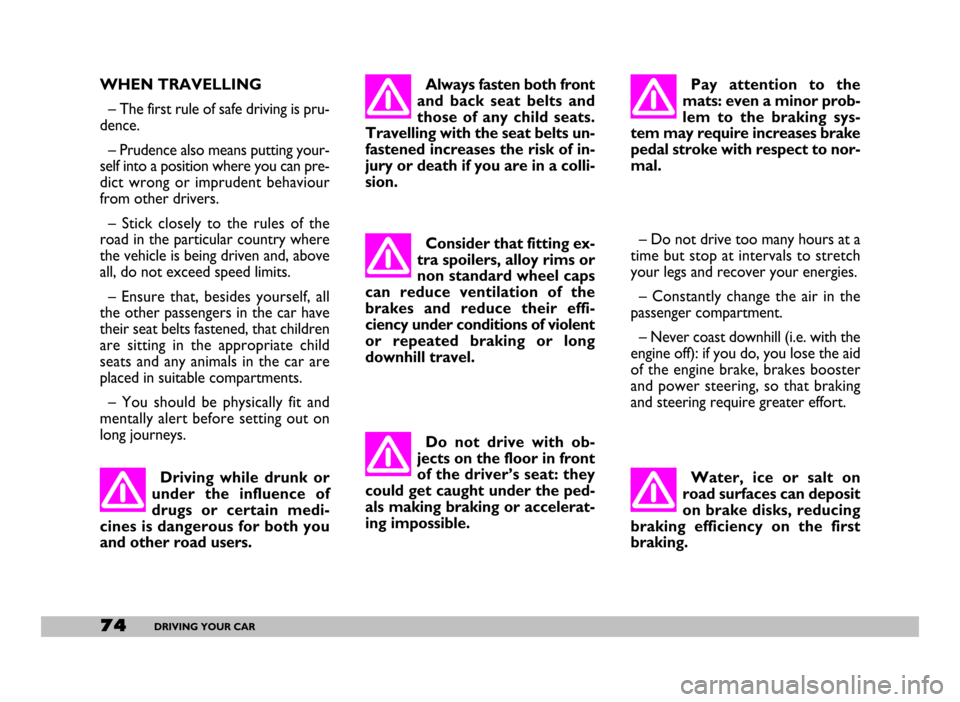
74DRIVING YOUR CAR
WHEN TRAVELLING
– The first rule of safe driving is pru-
dence.
– Prudence also means putting your-
self into a position where you can pre-
dict wrong or imprudent behaviour
from other drivers.
– Stick closely to the rules of the
road in the particular country where
the vehicle is being driven and, above
all, do not exceed speed limits.
– Ensure that, besides yourself, all
the other passengers in the car have
their seat belts fastened, that children
are sitting in the appropriate child
seats and any animals in the car are
placed in suitable compartments.
– You should be physically fit and
mentally alert before setting out on
long journeys. Always fasten both front
and back seat belts and
those of any child seats.
Travelling with the seat belts un-
fastened increases the risk of in-
jury or death if you are in a colli-
sion.
Driving while drunk or
under the influence of
drugs or certain medi-
cines is dangerous for both you
and other road users.
Water, ice or salt on
road surfaces can deposit
on brake disks, reducing
braking efficiency on the first
braking.
Consider that fitting ex-
tra spoilers, alloy rims or
non standard wheel caps
can reduce ventilation of the
brakes and reduce their effi-
ciency under conditions of violent
or repeated braking or long
downhill travel.
Do not drive with ob-
jects on the floor in front
of the driver’s seat: they
could get caught under the ped-
als making braking or accelerat-
ing impossible. Pay attention to the
mats: even a minor prob-
lem to the braking sys-
tem may require increases brake
pedal stroke with respect to nor-
mal.
– Do not drive too many hours at a
time but stop at intervals to stretch
your legs and recover your energies.
– Constantly change the air in the
passenger compartment.
– Never coast downhill (i.e. with the
engine off): if you do, you lose the aid
of the engine brake, brakes booster
and power steering, so that braking
and steering require greater effort.
Page 76 of 154

75DRIVING YOUR CAR
DRIVING AT NIGHT
If you are driving at night these are
the main rules to follow.
– Drive especially carefully: it is
harder to drive at night.
– Slow down especially if the road is
not lit.
– At the first signs of sleepiness,
stop: continuing would be a risk for
yourself and everybody else. Only
start driving again when you have had
enough rest.
– Keep a greater safety distance
from the cars in front of you than dur-
ing daylight hours: it is hard to judge
how fast other cars are going when all
you can see are their lights.
– Make sure the headlight beams are
properly positioned: if they are too
low, they reduce visibility and strain
your eyes. If they are too high they
can dazzle other drivers.
– Only use main beam headlights
when you are driving outside town
and when you are sure they do not
annoy other drivers. – Dip main-beam headlights (if on) as
soon as you see cars coming in the
other direction and pass them with
the headlights dipped.
– Keep all lights clean.
– Be careful of animals crossing the
road when driving in the country.
DRIVING IN THE RAIN
Rain and wet road surfaces spell dan-
ger.
All manoeuvres are more difficult on
a wet road because the grip of the
wheels on the tarmac is greatly re-
duced. This is why braking distances
are much longer and road-holding is
lower.
Here is some advice for driving in
the rain:
– Reduce speed and maintain a
greater safety distance from the cars
in front.
– If it is raining particularly heavily,
visibility is also reduced. In these
cases, switch on the dipped headlightseven if it is still daylight so you can be
seen more easily.
– Do not drive through puddles at
speed and hold on tightly to the wheel
if you do: a puddle taken at high speed
might cause you to lose control of the
car (“aquaplaning”).
– Move the ventilation controls to
the position for demisting the win-
dows (see
GETTING TO KNOW YOUR
CAR
), to avoid visibility problems.
– Periodically check the condition of
the windscreen wiper blades.
DRIVING IN FOG
– If the fog is thick, do not start out
on a journey unless you absolutely
have to.
If driving in mist, blanket fog or when
there is the danger of fog patches:
– keep your speed down;
– turn on the dipped headlights, rear
fog lights and front fog lights, if fitted,
even during the day. Do not drive
with your headlights at full-beam.
Page 77 of 154

76DRIVING YOUR CAR
IMPORTANT On stretches of
road with good visibility, switch off
your rear fog lights; the brightness of
these lights could annoy the people
travelling in the cars behind
– Remember that fog also means the
tarmac is wet and therefore manoeu-
vres of all kinds are more difficult and
stopping distances are longer.
– Keep a good distance from the
cars in front of you.
– As far as possible, avoid spurts of
speed or sudden deceleration.
– Do not overtake other vehicles if
you can help it.
– If you are forced to stop your car
(breakdown, limited visibility etc.) try
to stop off the road. Turn on the haz-
ard lights and, if possible, the dipped-
beam headlights. Rhythmically sound
the horn if you realise another car is
coming.DRIVING IN
THE MOUNTAINS
– When driving downhill use the en-
gine braking effect by engaging a low
gear so as not to overheat the brakes.
– Under no circumstances should
you drive downhill with the engine off
or with the car in neutral, let alone
with the ignition key out.
– Drive at a moderate speed with-
out cutting corners.
– Remember that overtaking while
going uphill is slower and therefore
requires more free road. If you are
being overtaken while driving uphill,
make it easier for the other vehicle to
pass. DRIVING ON SNOW
AND ICE
Here are some tips for driving in
these conditions:
– keep your speed down;
– use chains if the roads are covered
in snow: see paragraph
SNOW TYRESin
this chapter;
– mainly use the braking effect of the
engine and under all circumstances
avoid braking sharply;
– when braking in a car not fitted
with ABS, reduce the possibility of the
wheels locking by varying the pressure
you exert on the brake pedal;
– do not accelerate suddenly and
avoid swerving;
– in the winter, even apparently dry
roads may have icy patches. Be care-
ful therefore when driving over
stretches that do not get much expo-
sure to the sun or are lined with trees
or rock where ice might not have
melted;
– keep a good distance from the ve-
hicles in front;
Page 78 of 154

77DRIVING YOUR CAR
– do not remain stationary in deep
snow with the engine running: the
snow could deviate the exhaust gas
into the passenger compartment.
DRIVING WITH ABS
ABS is a braking system that essen-
tially offers two advantages:
1)it prevents wheel lock-up and
consequent skidding in emergency
stops, particularly when the road does
not offer much grip;
2)it makes it possible to brake and
steer at the same time so you can
avoid unexpected obstacles and direct
the car where you want while braking.
The extent to which this can be done
will depend on the physical limits of
the tyre’s sideways grip.To get the most out of ABS:
– during emergency conditions or
when grip conditions are poor, you
will feel a slight pulsation on the brake
pedal. This is the sign that the ABS is
working. Do not release the brake
pedal but continue to press so as not
to interrupt the braking action;
– ABS prevents the wheels from
locking, but it does not increase actual
grip conditions between tyre and
road. Therefore, even if your car is fit-
ted with ABS, respect the safety dis-
tance from the car in front of you and
keep your speed down when driving
into bends;
– ABS serves to increase the con-
trollability of the car, not to enable
you to go faster.CONTAINING
RUNNING COSTS
AND POLLUTION
Some suggestions which may help
you to keep the running costs of the
vehicle down and lower the amount
of toxic emissions released into the
atmosphere are given below.
GENERAL
CONSIDERATIONS
Car maintenance
The overall state of the car is an im-
portant factor which has a marked in-
fluence over fuel consumption and
driving comfort and on the life span of
your car. For this reason care should
be taken to maintain your car by car-
rying out the necessary checks and
regulations in accordance with the
specifications given in the
SERVICE
SCHEDULE
(see sections: SPARK PLUGS,
IDLING, AIR CLEANERS, TIMING).
Page 79 of 154

78DRIVING YOUR CAR
Tyres
Tyre pressure should be checked at
least once every four weeks: if the
pressure is too low fuel consumption
increases as the resistance to the
rolling movement of the tyre is
greater. In this state, tyre wear is in-
creased and vehicle handling suffers
which will effect safety.
Unnecessary loads
Do not travel with too much luggage
stowed in the boot. The weight of the
vehicle and its trim greatly effects con-
sumption and stability.
Roof rack/ski rack
Remove roof racks and ski racks
from the roof of the car as soon as
they are no longer needed. These ac-
cessories reduce the aerodynamic
penetration of the vehicle and will in-
crease consumption. When having to
transport particularly large loads it is
better to use a trailer.Electric devices
Use electric devices for the neces-
sary time only. The heated rear win-
dow, fog lights, windscreen wipers,
heating system blower require large
amounts of electricity, and as a con-
sequence, the fuel consumption in-
creases (up to +25% in town).
Climate control system
The climate control system is a fur-
ther drag on the engine causing higher
fuel consumption (on average, up to
20%). When outside temperatures
permit, use the vents.
Aerodynamic accessories
The use of aerodynamic accessories
not certified for that specific purpose
can diminish the car’s aerodynamic
penetration and increase consump-
tion.BEHIND THE WHEEL
Starting-up
Do not warm up the engine when
the car is stationary, neither by idling
nor revving up. If you do, the engine
will warm up much more slowly and
increase fuel consumption and emis-
sions. It is therefore better to start
slowly and to keep the engine speed
down.
Unnecessary manoeuvres
Do not give quick bursts on the ac-
celerator when waiting at the traffic
lights or before turning off the engine.
This type of action, like the “double
clutch” are absolutely useless on mod-
ern cars. They only increase fuel con-
sumption and pollution.
Gear selection
As soon as traffic conditions allow,
shift up to a higher gear. Using a low
gear to have a sharp acceleration in-
creases the consumption. Likewise,
using a high gear when this is not
called for increases consumption,
emissions and wear on the engine.
Page 80 of 154

79DRIVING YOUR CAR
Top speed
As speed increases, so does the fuel
consumption: note that passing from
90 to 120 km/h increases consump-
tion by about +30%. Keep your speed
as steady as possible and avoid un-
necessary braking and accelerations
that cost fuel and increase emissions
considerably. It is better to drive
“smoothly” trying to foresee the ma-
noeuvres to avoid imminent dangers
and always respect the safety distance
to avoid the need to slow down sud-
denly.
Acceleration
Sudden and sharp accelerations
revving up the engine increase con-
sumption and emissions; accelerate
gradually and do not exceed the max-
imum torque.USE
Cold start
Short journeys and frequent cold
start-ups do not allow the engine to
reach the best running temperature.
As a result, consumption rises (from
+15 to +30% in town) and so do the
harmful emissions.
Traffic situations and road
conditions
Consumption rises in heavy traffic, in
traffic jams where it is constantly nec-
essary to shift to low gears or in big
cities with many traffic lights.
Also twisting roads, mountain roads
and rough road surfaces pay a heavy
toll on consumption.
Hold-ups in traffic
During hold-ups (e.g.: level crossings)
switch off the engine.CHEAP RUNNING
THAT RESPECTS
THE ENVIRONMENT
Environmental protection has been
one of the guiding principles in the
production of Fiat 600. It is no acci-
dent that its pollution control equip-
ment is much more effective than that
required by current legislation.
Nonetheless, the environment can-
not get by without a concerted effort
from everyone.
By following a few simple rules you
can avoid harming the environment
and often cut down fuel consumption
at the same time.
On this subject, a few useful tips
have been given below to supplement
those marked by symbol #, at various
points of the handbook.
You are asked to read both the for-
mer and the latter carefully.
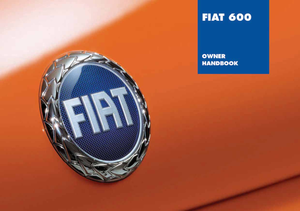 1
1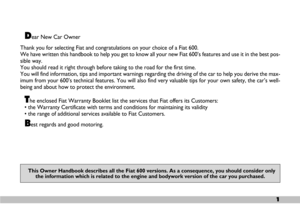 2
2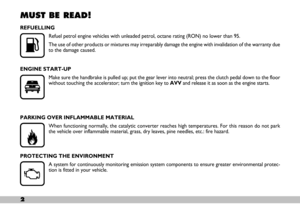 3
3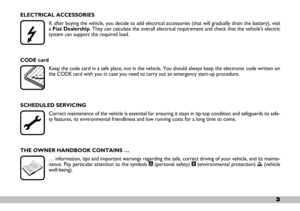 4
4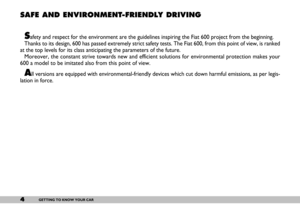 5
5 6
6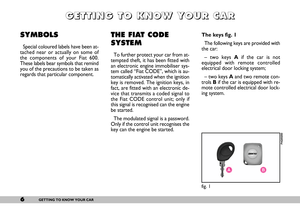 7
7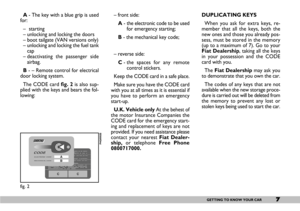 8
8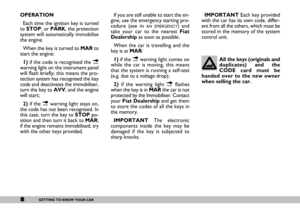 9
9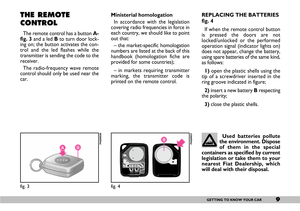 10
10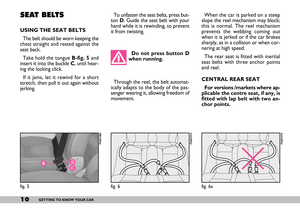 11
11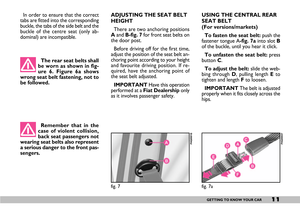 12
12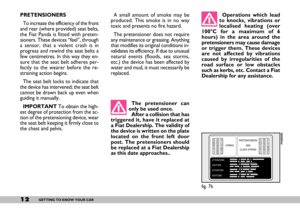 13
13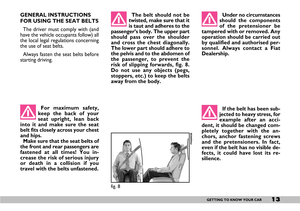 14
14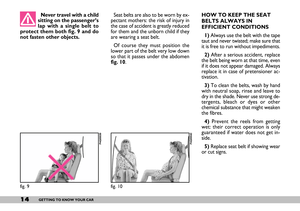 15
15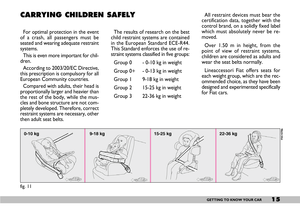 16
16 17
17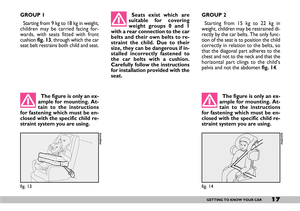 18
18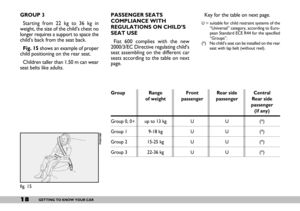 19
19 20
20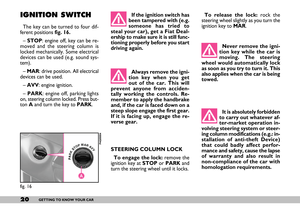 21
21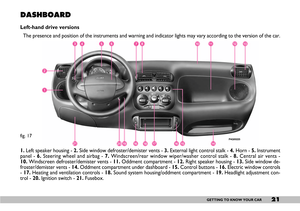 22
22 23
23 24
24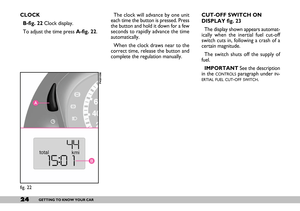 25
25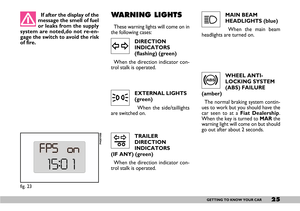 26
26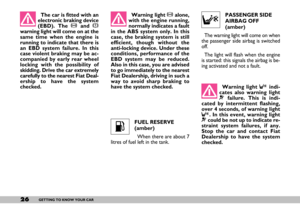 27
27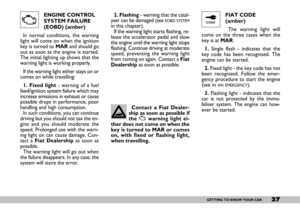 28
28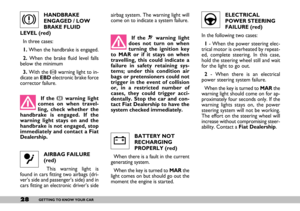 29
29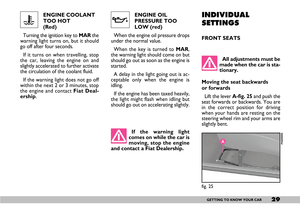 30
30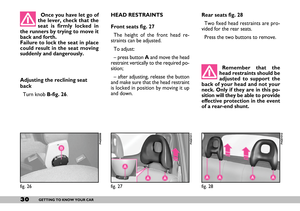 31
31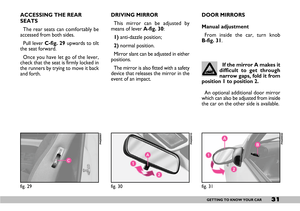 32
32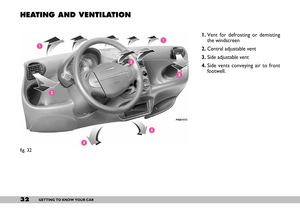 33
33 34
34 35
35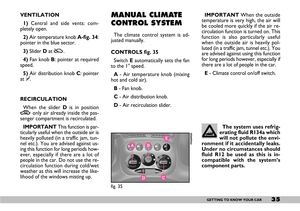 36
36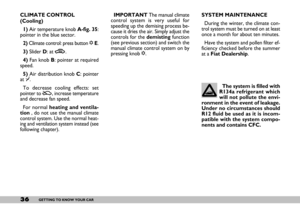 37
37 38
38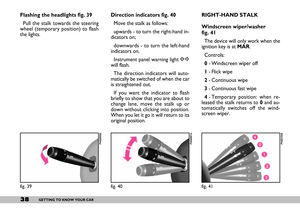 39
39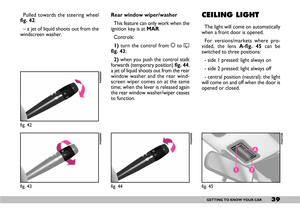 40
40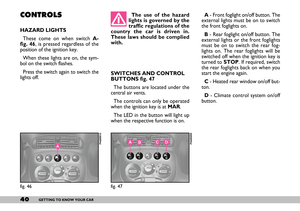 41
41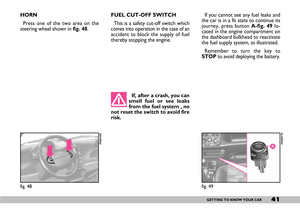 42
42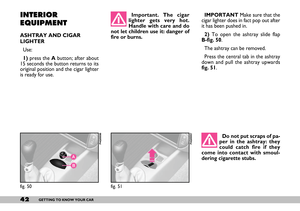 43
43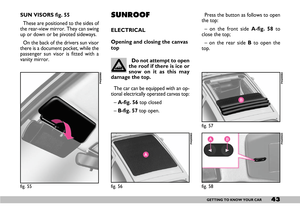 44
44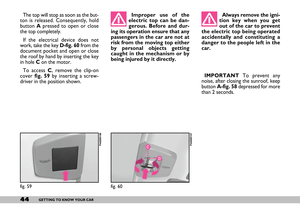 45
45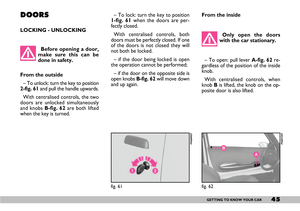 46
46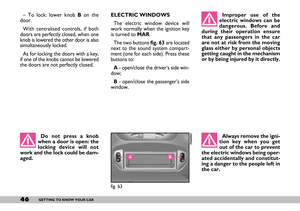 47
47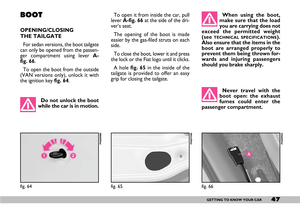 48
48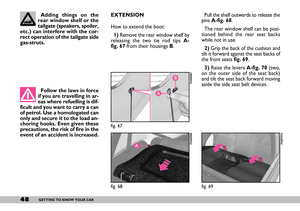 49
49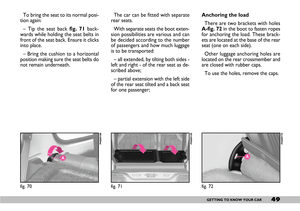 50
50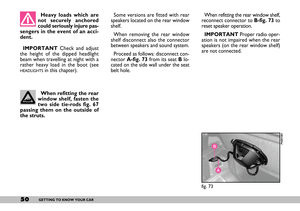 51
51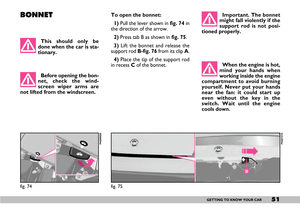 52
52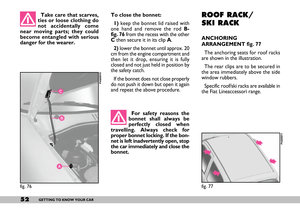 53
53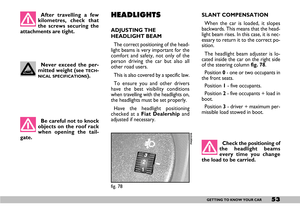 54
54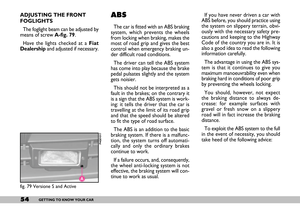 55
55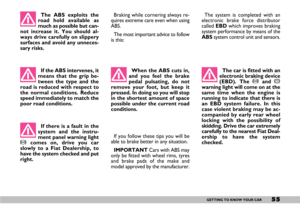 56
56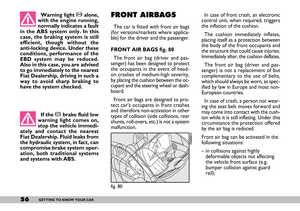 57
57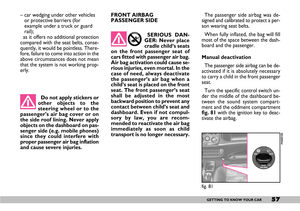 58
58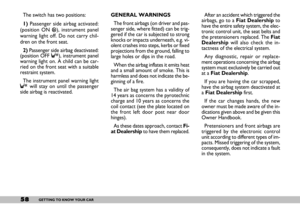 59
59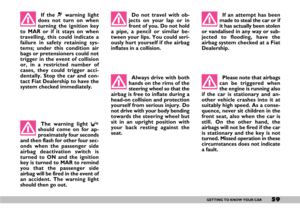 60
60 61
61 62
62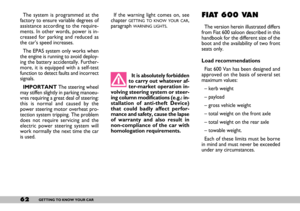 63
63 64
64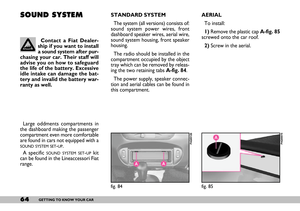 65
65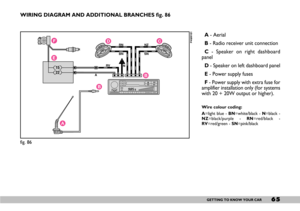 66
66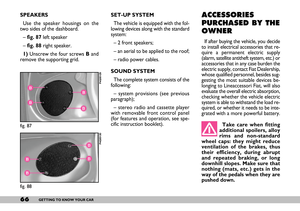 67
67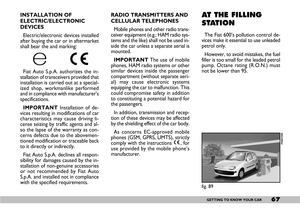 68
68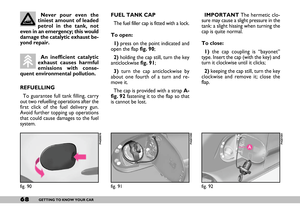 69
69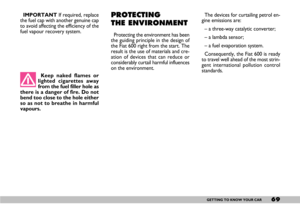 70
70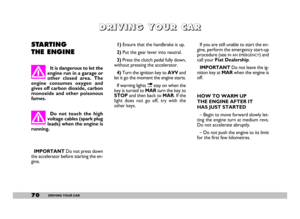 71
71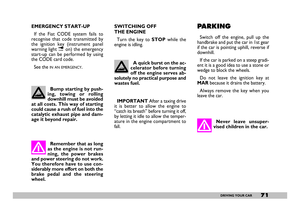 72
72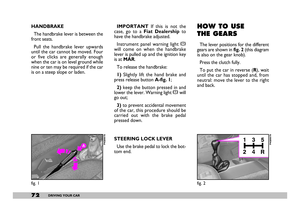 73
73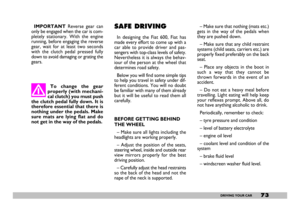 74
74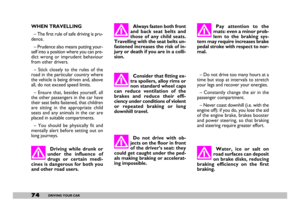 75
75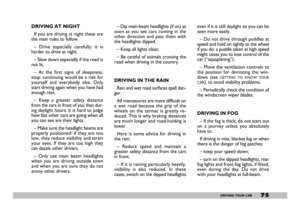 76
76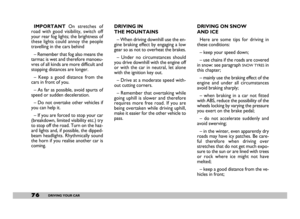 77
77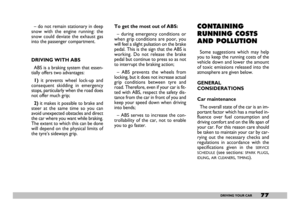 78
78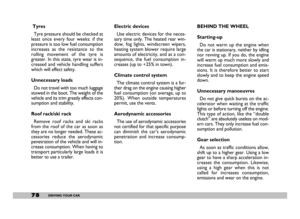 79
79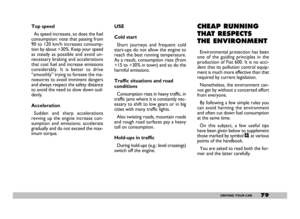 80
80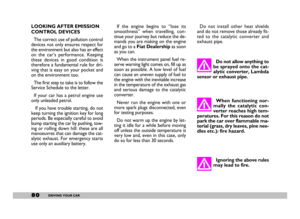 81
81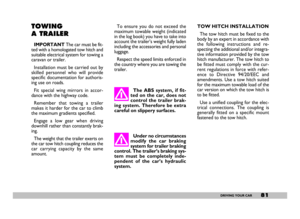 82
82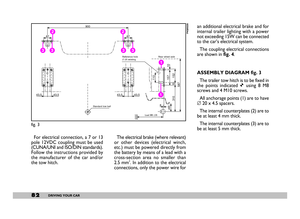 83
83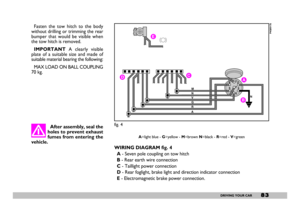 84
84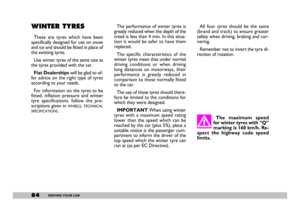 85
85 86
86 87
87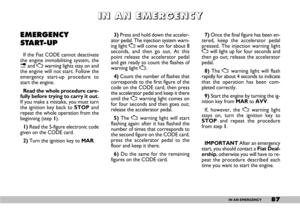 88
88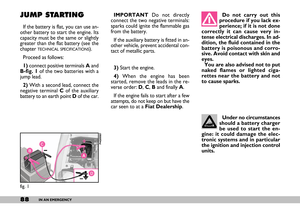 89
89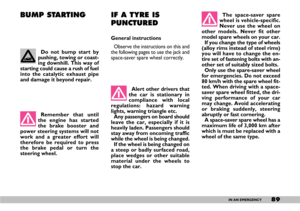 90
90 91
91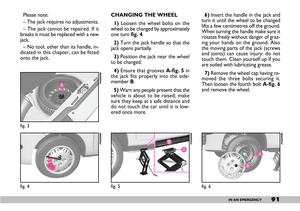 92
92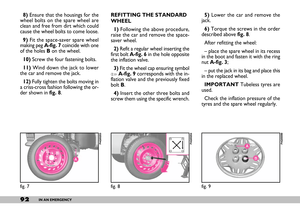 93
93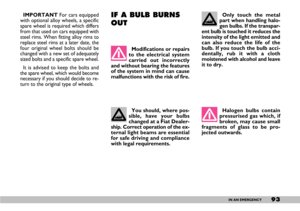 94
94 95
95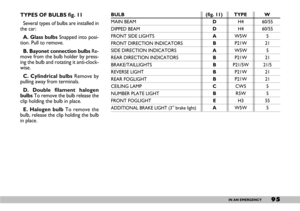 96
96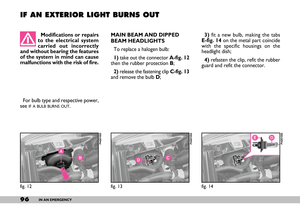 97
97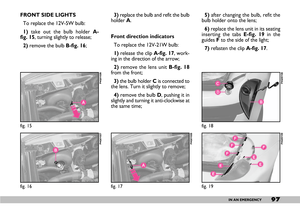 98
98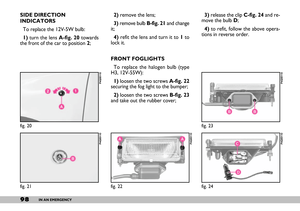 99
99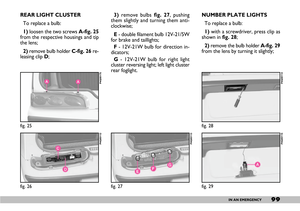 100
100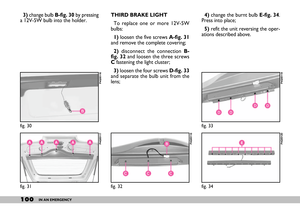 101
101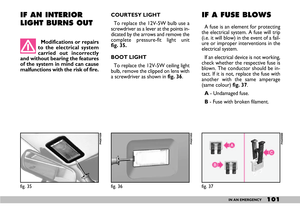 102
102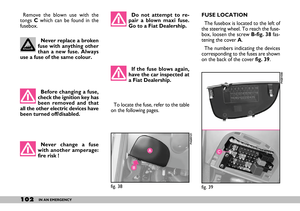 103
103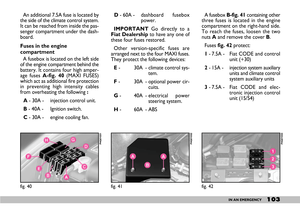 104
104 105
105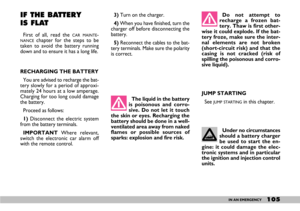 106
106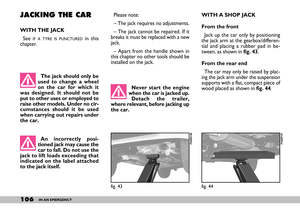 107
107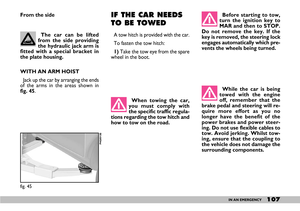 108
108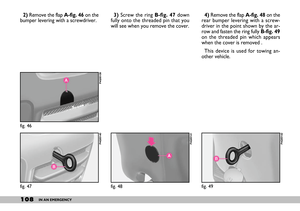 109
109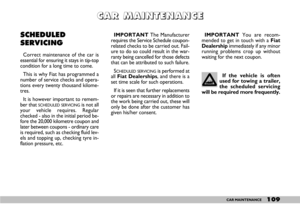 110
110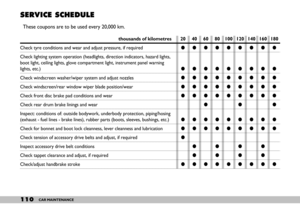 111
111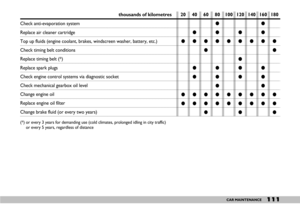 112
112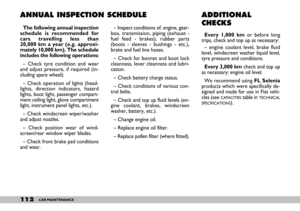 113
113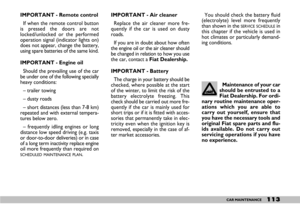 114
114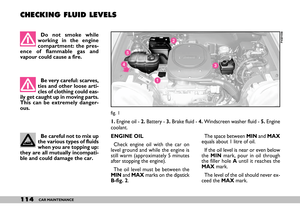 115
115 116
116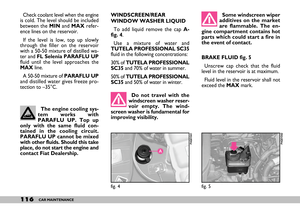 117
117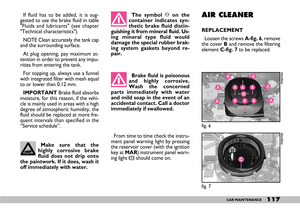 118
118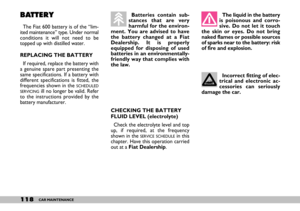 119
119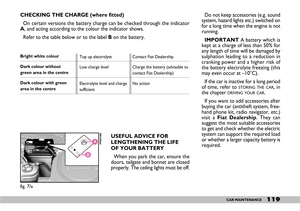 120
120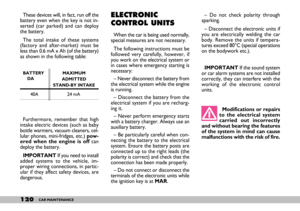 121
121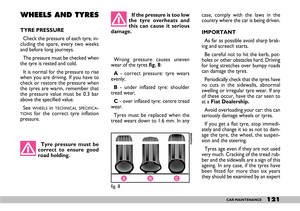 122
122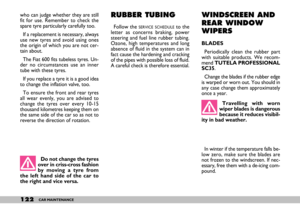 123
123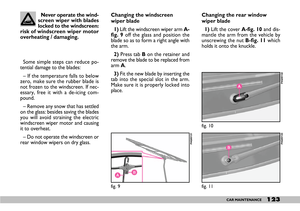 124
124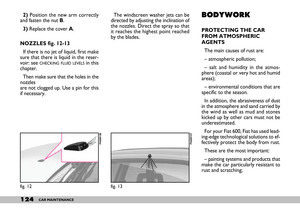 125
125 126
126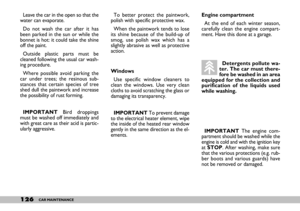 127
127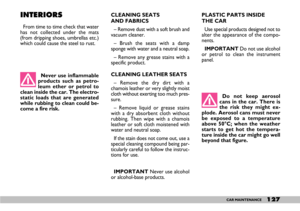 128
128 129
129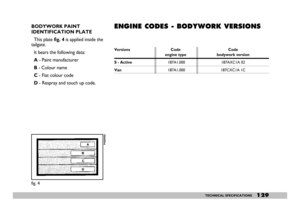 130
130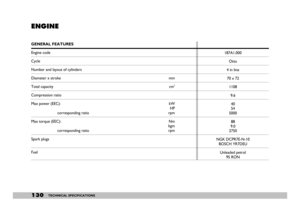 131
131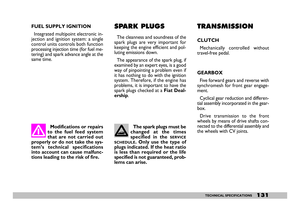 132
132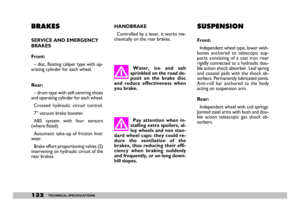 133
133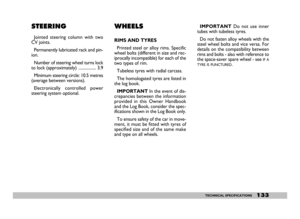 134
134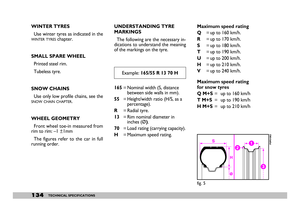 135
135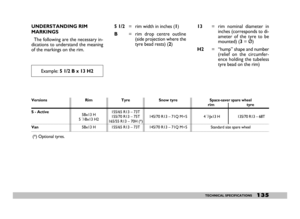 136
136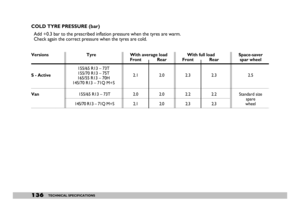 137
137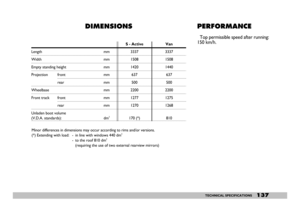 138
138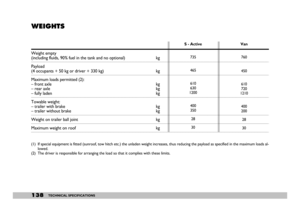 139
139 140
140 141
141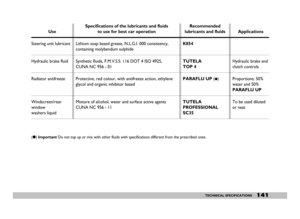 142
142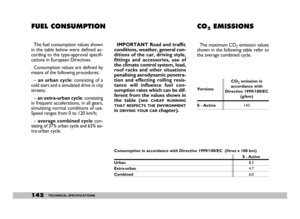 143
143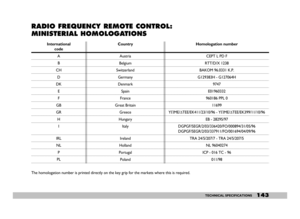 144
144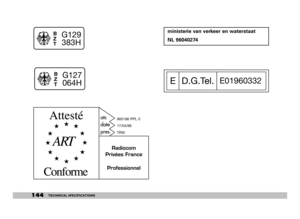 145
145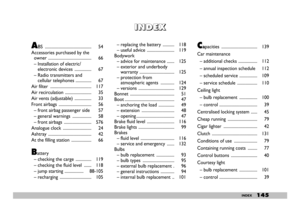 146
146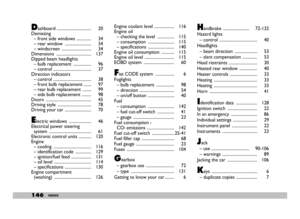 147
147 148
148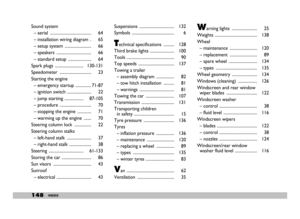 149
149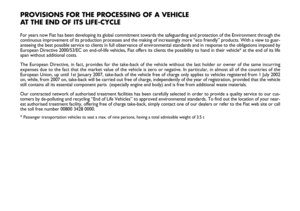 150
150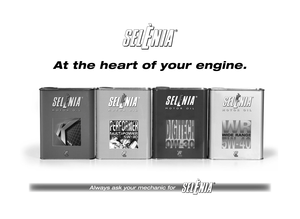 151
151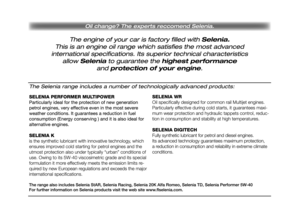 152
152 153
153






